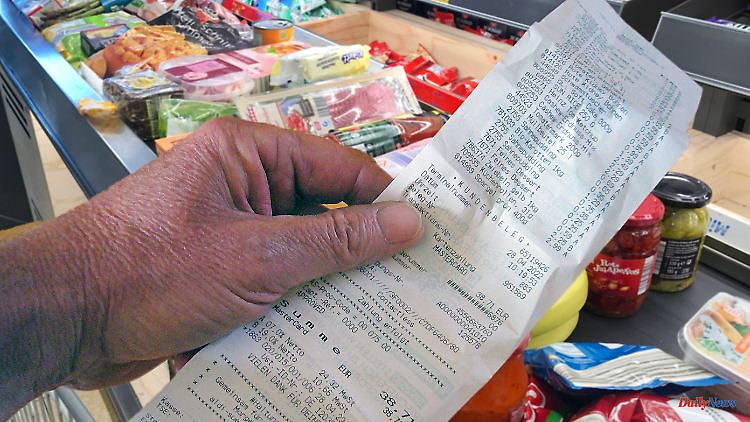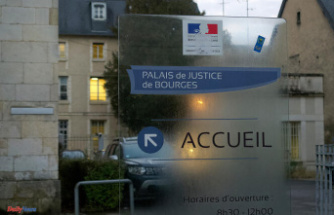Consumers have had to get used to rapidly increasing prices in supermarkets in recent months. Nevertheless, some people rub their eyes in amazement when, in the 98 seconds from the candy shelf to the checkout, the goods have suddenly become more expensive. How can that be?
It's not just inflation that makes some supermarket customers despair when paying. Sometimes there is also surprise and annoyance that more is being asked for the goods at the checkout than what is priced on the shelves. The Hamburg Consumer Advice Center (VZHH) reports that the complaints about this kind of practice by retailers are continuing. Accordingly, some retailers are sloppy when it comes to maintaining the price display correctly.
Expiring special offers in particular are likely to annoy customers. The valid price tags are sometimes replaced too late. So only when the action has already ended. The prices in the checkout system are then up to date, but the price tags on the shelves are not. Therefore, consumer advocates often receive complaints on days when sales campaigns end or begin. Sometimes the dealers are simply too fast. Then price tags are exchanged the day before - usually one to two hours before the store closes - although the prices only apply the next day. Even with digital price tags, this probably doesn't work well, although these are much easier to update according to retailers.
Retailers are obliged to be clear and truthful about prices, as well as to indicate the basic price for almost all goods, as the Price Indication Ordinance regulates. In practice, however, a different picture often emerges. The sloppy implementation of the requirements is the order of the day and the control by the authorities is practically non-existent, according to the VZHH.
From a purely legal point of view, those affected have little more than to express their displeasure. Because the "purchase contract" between customer and dealer is closed at the checkout. There is no right to the price on the shelf. Sometimes, as a gesture of goodwill, dealers sell the goods at a lower price. Of course, customers can withdraw from the purchase of goods if they do not want to buy them at a higher price.
Apart from that, a deliberately incorrect display of prices violates the Price Indication Ordinance and constitutes an administrative offence. Should there be an increase in price labeling defects in a branch, the VZHH would like to be informed. The consumer advocates then check whether they can take legal action against the retailer and inform the responsible authorities.
Many products with shrunken contents, the so-called deceptive packs, often still have the old price tag with the old filling quantity on the shelf, as the consumer advice center has observed. However, the new product with less in it is already being sold. This is usually irrelevant for the sales price, because this price often remains unchanged. The basic price, on the other hand, is wrong because it is calculated based on the contents of the pack. Consumers therefore lack an objective benchmark. In addition, the food appears cheaper.
The VZHH offers the opportunity to draw attention to products that deceive customers in this way. The VZHH then makes these products public and chooses them the deceptive packaging of the month and of the year.












